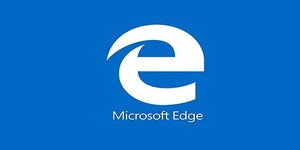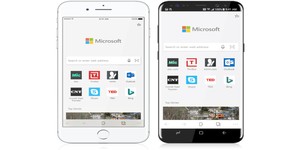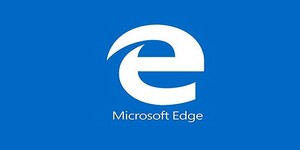Microsoft's Edge follows Chrome in blocking Flash
December 15, 2016 | 11:26
Companies: #chrome #google #macromedia #microsoft

Microsoft has announced that it is following Google in de-emphasising Adobe Flash content in favour of HTML5 in its browser, adding a click-to-play block to all Flash content by default.
Adobe's Flash has been having a rough few years of it thanks to monthly-or-sooner security notifications of freshly discovered ways to exploit the rich-media playback software it acquired from Macromedia way back when to take control of users' machines. Accordingly, the launch of the HTML5 standard began a slow but steady move away from Flash which is now picking up pace. Earlier this month, Google began deactivating Flash in Chrome, starting with a small number of stable users and half the beta users, and Microsoft has now announced its Edge browser is to follow suit.
'In our next release, we will [...] encourage the transition to HTML5 alternatives by providing additional user control over when Flash content loads,' explained Crispin Cowan in a blog post detailing the change. 'The user experience will evolve as we move towards a stable release in the Windows 10 Creator’s Update next year. Sites that support HTML5 will default to a clean HTML5 experience. In these cases, Flash will not even be loaded, improving performance, battery life, and security. For sites that still depend on Flash, users will have the opportunity to decide whether they want Flash to load and run, and this preference can be remembered for subsequent visits.'
Edge, Cowan has explained, will include a pre-filled whitelist of 'the most popular sites which rely on Flash today,' and which will be able to automatically bypass the block. Over time, this list will be reduced until no site is fully exempt. Microsoft's decision to disable Flash playback by default follows on from its April announcement of the disabling of peripheral Flash content such as advertising.
Adobe's Flash has been having a rough few years of it thanks to monthly-or-sooner security notifications of freshly discovered ways to exploit the rich-media playback software it acquired from Macromedia way back when to take control of users' machines. Accordingly, the launch of the HTML5 standard began a slow but steady move away from Flash which is now picking up pace. Earlier this month, Google began deactivating Flash in Chrome, starting with a small number of stable users and half the beta users, and Microsoft has now announced its Edge browser is to follow suit.
'In our next release, we will [...] encourage the transition to HTML5 alternatives by providing additional user control over when Flash content loads,' explained Crispin Cowan in a blog post detailing the change. 'The user experience will evolve as we move towards a stable release in the Windows 10 Creator’s Update next year. Sites that support HTML5 will default to a clean HTML5 experience. In these cases, Flash will not even be loaded, improving performance, battery life, and security. For sites that still depend on Flash, users will have the opportunity to decide whether they want Flash to load and run, and this preference can be remembered for subsequent visits.'
Edge, Cowan has explained, will include a pre-filled whitelist of 'the most popular sites which rely on Flash today,' and which will be able to automatically bypass the block. Over time, this list will be reduced until no site is fully exempt. Microsoft's decision to disable Flash playback by default follows on from its April announcement of the disabling of peripheral Flash content such as advertising.

MSI MPG Velox 100R Chassis Review
October 14 2021 | 15:04








Want to comment? Please log in.